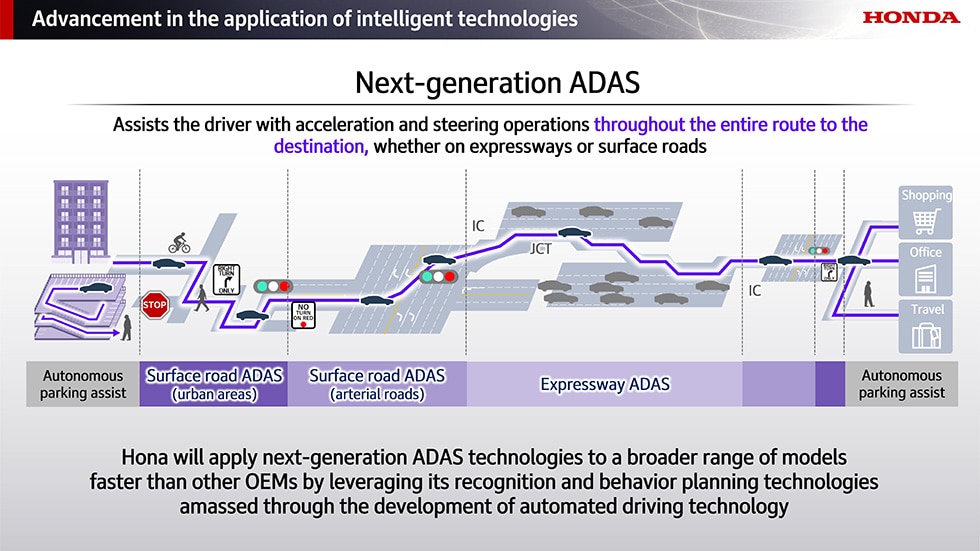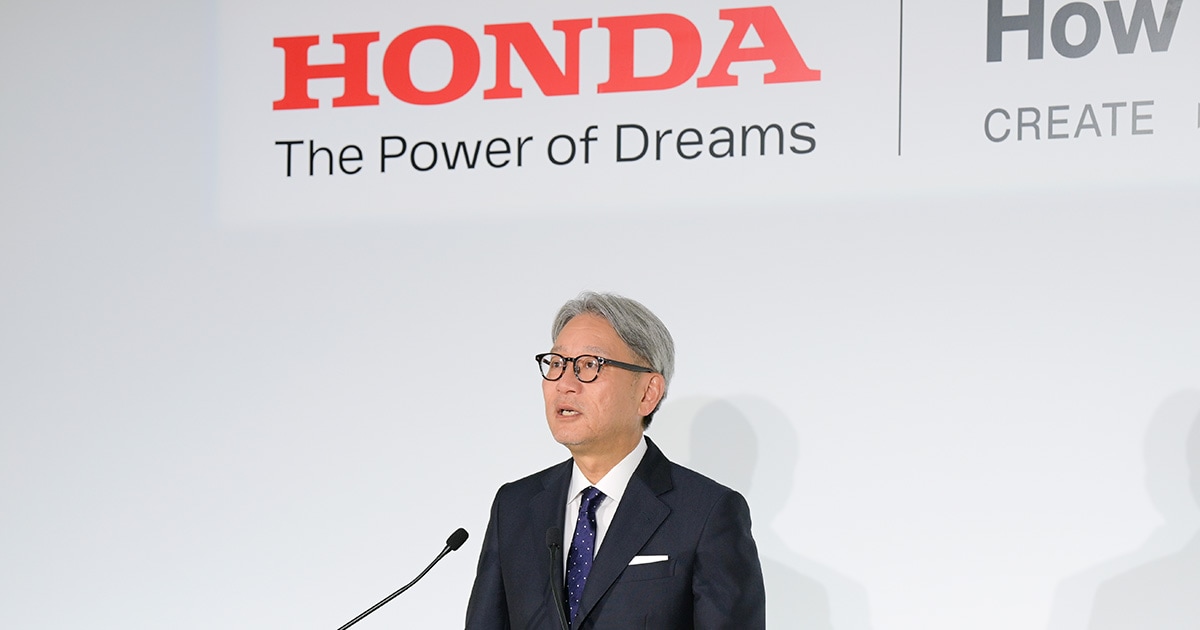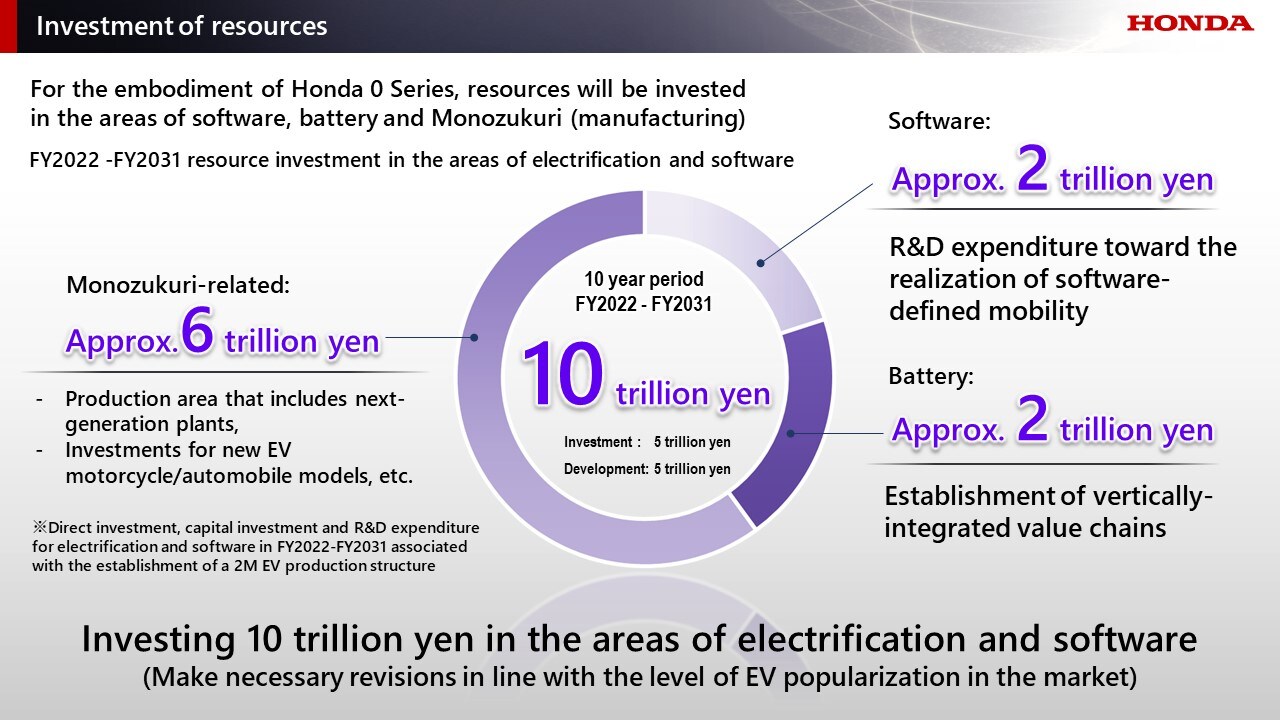## Buckle Up, Gamers: Honda’s 2025 Vision Takes the Wheel Forget horsepower, this is about brainpower.
Honda, the automotive giant known for revving engines, is about to hit the gas on a whole new frontier: the metaverse. In their upcoming 2025 Business Briefing, Honda Global is laying out their ambitious vision for the future, and trust us, it’s not just about self-driving cars.

Get ready to explore a world where Honda’s iconic designs blur the lines between the real and virtual, where gaming experiences become seamlessly integrated with our everyday lives, and where innovation takes us on a wild ride into tomorrow.

Production Powerhouse: Honda’s Vision for EV Manufacturing
The Thin, Light, and Wise Production Concept: Understanding the Technological Innovations Driving Honda’s Production Efficiency

Honda’s commitment to sustainable mobility extends beyond its electric vehicles (EVs) themselves. The company is revolutionizing EV production through its “Thin, Light, and Wise” production concept, a strategic approach that prioritizes efficiency, innovation, and cost reduction. This philosophy underpins Honda’s efforts to create a production system capable of adapting to the dynamic EV market while ensuring profitability.

Mega Casting and Friction Stir Welding: Analyzing the Innovative Production Techniques That Will Shape Honda’s EV Production
At the heart of Honda’s “Thin, Light, and Wise” concept lies the adoption of advanced manufacturing techniques. Mega casting, a process utilizing high-pressure die-casting machines capable of handling massive amounts of material, plays a pivotal role in streamlining EV battery pack production.
Gamestanza has learned that Honda’s new battery case production line at its Anna Plant in Ohio will be equipped with 6,000-ton class mega casting machines. These machines will significantly reduce the number of parts comprising the battery case and secondary components, from over 60 to a mere 5 parts. This reduction in complexity translates to substantial cost savings and enhanced production efficiency.
Complementing mega casting is the integration of friction stir welding (FSW). This welding technique, which uses a rotating tool to join materials without the need for melting, further enhances production efficiency and reduces reliance on traditional welding methods. By combining mega casting and FSW, Honda aims to minimize material waste and production time, creating a more sustainable and cost-effective manufacturing process.
The Flex Cell Production System: Exploring Honda’s Unique Approach to Flexible and Efficient EV Manufacturing
Honda’s commitment to adaptability extends to its production line setup. The company’s original “Flex Cell Production System” is designed to optimize flexibility and responsiveness to changes in demand and production models. This system, which will be deployed at Honda’s EV battery pack assembly line, features modular parts configuration based on the specific functions of each vehicle model.
Furthermore, the “cell production system” concept brings together all the necessary equipment, jigs, and personnel for each production process within a single area. This centralized approach allows for seamless workflow and facilitates quick adjustments to production volumes and model variations. The Flex Cell Production System will empower Honda to navigate the evolving EV market with agility and maintain production efficiency even amidst fluctuations in demand.
Digital Twin Integration: Understanding the Role of Digital Technology in Optimizing Production Processes and Meeting Market Demands
Honda recognizes the transformative potential of digital technology in optimizing production processes. The implementation of “Digital Twin” technology, which creates a virtual replica of the real-world production line, is a key aspect of Honda’s strategy to enhance production efficiency and responsiveness.
This virtual representation allows Honda engineers and production managers to simulate various production scenarios, analyze potential bottlenecks, and identify areas for improvement. The insights gained from the Digital Twin can be used to optimize supply chain management, production volume, and speed, ensuring that Honda can meet market demands effectively and efficiently.
The Road Ahead: Honda’s 2030 Vision
Projected Sales Figures: Delving into Honda’s Target of 3.6 Million Unit Sales by 2030 and the Significance of the HEV Focus
As Honda recalibrates its EV strategy, it remains committed to achieving its ambitious sales target of 3.6 million units by 2030. While the company’s initial target of a 30% global EV sales ratio by 2030 has been revised downwards in light of recent market trends, Honda remains dedicated to expanding its EV offerings.
However, the company recognizes the significant market demand for hybrid electric vehicles (HEVs). Honda’s revised strategy places a strong emphasis on strengthening its HEV lineup, with a particular focus on next-generation HEVs slated for introduction starting in 2027. This strategic shift reflects Honda’s commitment to providing a diverse range of electrified powertrain options to cater to evolving customer preferences and market dynamics.
The Impact on Gamers: Discussing the Potential Implications of Honda’s EV and HEV Strategy for Gamers and the Gaming Community
Gamestanza readers know that electric vehicles are not just changing the way we commute; they are also shaping the future of gaming. Honda’s focus on EV and HEV development has significant implications for the gaming community.
Firstly, the rise of EVs is driving innovation in in-car entertainment systems, potentially leading to more immersive and interactive gaming experiences within vehicles. Secondly, Honda’s commitment to sustainability aligns with the growing environmental consciousness among gamers. The company’s efforts to reduce its carbon footprint through electrification resonate with gamers who are increasingly concerned about the environmental impact of their technology choices.
Honda’s Global Impact: Analyzing How Honda’s Production Advancements and Environmental Commitment Will Shape the Automotive Industry
Honda’s production advancements and environmental commitment are poised to have a profound impact on the global automotive industry. The company’s “Thin, Light, and Wise” production concept, coupled with its innovative use of mega casting, FSW, and the Flex Cell Production System, sets a new standard for efficiency and adaptability in EV manufacturing.
Furthermore, Honda’s steadfast commitment to carbon neutrality underscores the growing importance of sustainability in the automotive sector. By demonstrating the feasibility of cost-effective and efficient EV production, Honda is paving the way for wider industry adoption of electric mobility solutions, ultimately contributing to a cleaner and more sustainable future for transportation.
Conclusion
So, there you have it: Honda’s ambitious vision for the future. From electrifying its lineup to embracing mobility solutions beyond the traditional car, the message is clear: Honda isn’t just keeping up with the times, it’s actively shaping them. This isn’t just about sleek electric vehicles or clever tech integrations; it’s a fundamental shift in how we perceive transportation and its role in our lives. Honda sees a world where mobility is personalized, efficient, and sustainable, and they’re betting big on their ability to deliver. The implications are vast – for the automotive industry, for urban landscapes, and for our own daily commutes. Will Honda’s bold moves succeed? Only time will tell. But one thing is certain: they’ve thrown down the gauntlet, challenging the status quo and pushing the boundaries of what’s possible on the road ahead. The future of mobility is electrifying, and Honda is at the forefront.
